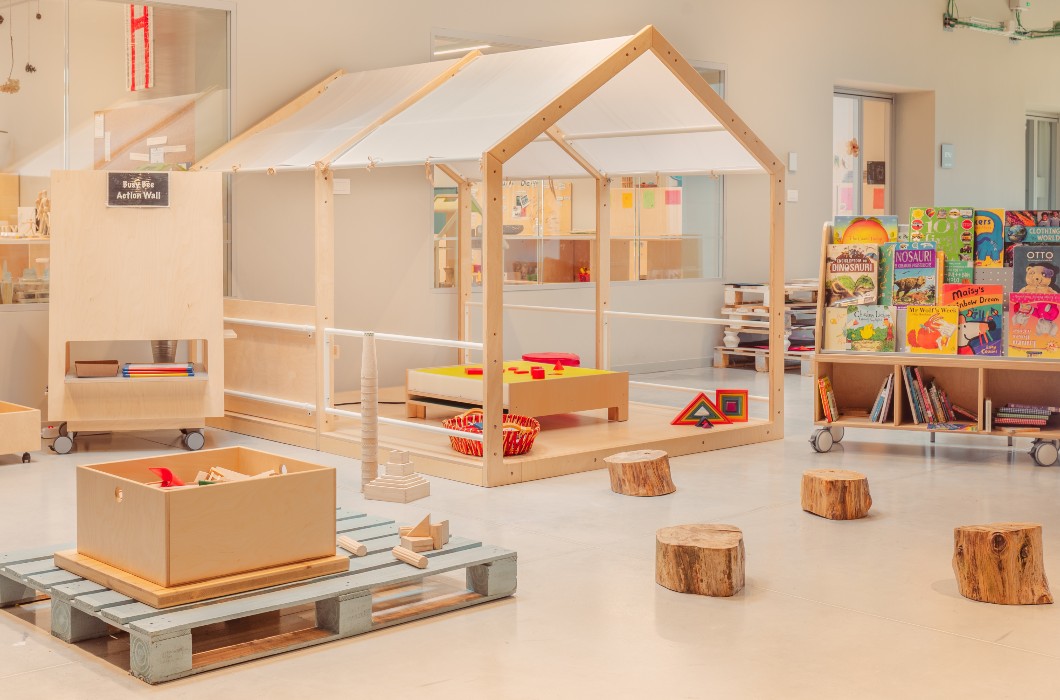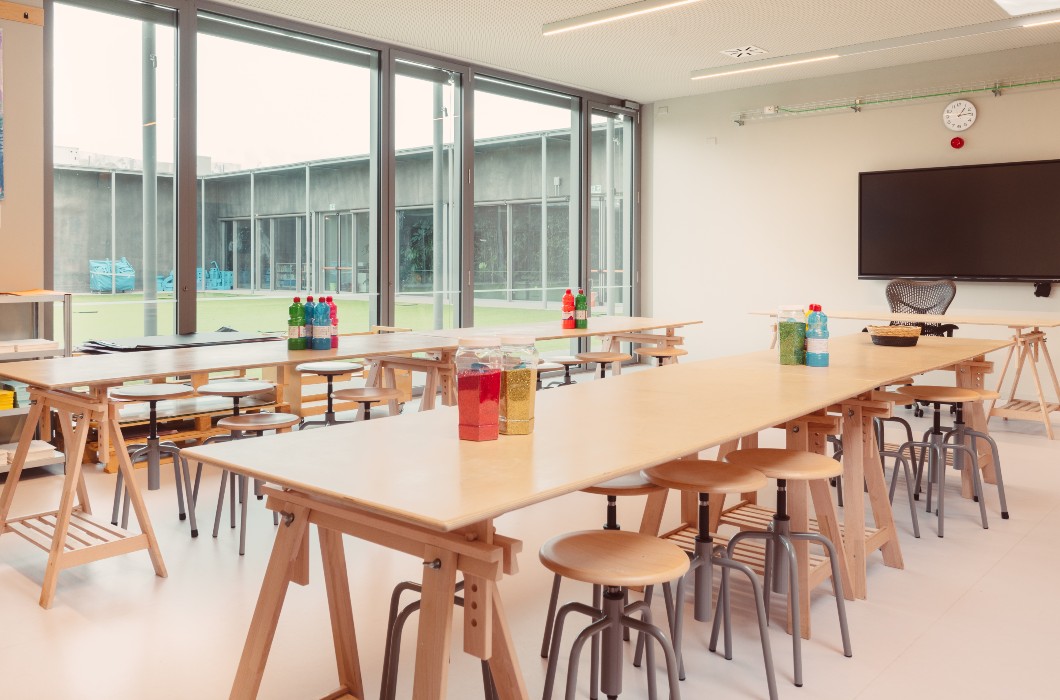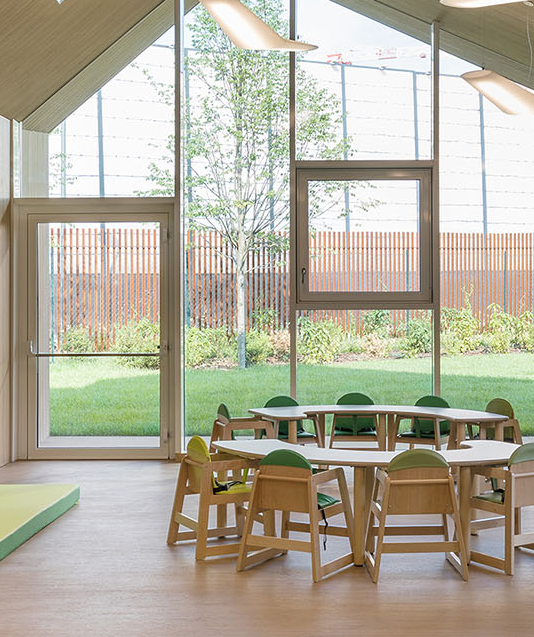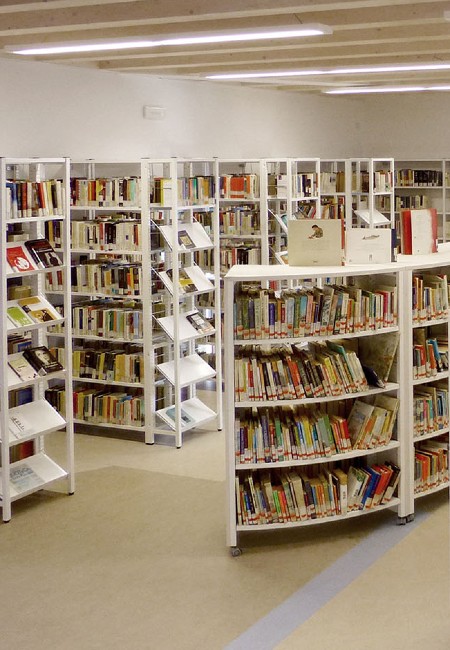School furniture plays a crucial role in creating stimulating and functional educational environments. Since students spend a large part of their day at school, it is essential to design welcoming, comfortable spaces that promote learning.
In this article, we’ll share key insights and practical advice on how to furnish your school in a way that enhances both teaching and learning.
What Is School Furniture?
School furniture encompasses all the elements that make up a school’s interior environment - chairs, desks, cabinets, bookshelves, storage units, whiteboards, and more.
Why Is School Furniture Important for Students?
The learning environment significantly influences students’ cognitive and emotional development. Well-designed furniture is essential for creating a welcoming, motivating, and practical atmosphere that supports academic success.
Here are the main benefits of investing in quality school furnishings:
Comfort
Ergonomic desks and chairs help reduce fatigue and back pain, allowing students to concentrate better and stay focused during lessons.
Motivation
A thoughtfully furnished, inviting classroom can boost student engagement and enthusiasm for learning.
Enhanced Learning
Interactive tools such as digital whiteboards make lessons more dynamic and memorable, contributing to better retention and participation.
GAM offers free consulting services to schools for educational space design.
Reach out today for a free quote!

Key Factors to Consider When Choosing School Furniture
When selecting school furniture, several aspects should be carefully evaluated:
- Durability
Furniture should be sturdy enough to withstand years of daily use. - Safety
Avoid sharp edges or hazardous components—furnishings must be safe for children and teens. - Design
Aesthetically pleasing furniture contributes to a warm, motivating learning environment. - Functionality
Adjustable tables and chairs help accommodate students of various ages, heights, and needs.
Discover GAM's complete range of furniture for primary and secondary schools.

Choosing the Right School Furniture
1. Opt for Ergonomic Furniture
Ergonomic design is key to student and teacher well-being. Consider the following:
- Chairs with adjustable backrests to support proper posture
- Height-adjustable desks to accommodate different age groups
- Mobile furniture on wheels for flexibility and easy cleaning
2. Use Warm, Inviting Colors
Colors play a vital role in setting the tone of a classroom. Here’s how to choose wisely:
- Soft pastel shades create a calm and relaxing atmosphere
- Neutral tones add elegance and simplicity to educational spaces
3. Choose Eco-Friendly Materials
Sustainable materials support healthy learning environments and reduce ecological impact:
- Use FSC or PEFC-certified wood
- Incorporate recyclable and recycled materials
- Select eco-friendly cleaning and maintenance products
School Furniture Solutions
Classroom Furniture
A well-furnished classroom supports effective teaching and learning. Key elements include:
- Ergonomic desks and chairs for comfort and posture
- Bright whiteboards or multimedia tools for interactive learning
- Shelves and storage units to keep materials organized
School Library Furniture
A school library should offer a quiet, welcoming space for concentration and study. Essentials include:
- Spacious bookcases to accommodate a large collection
- Comfortable seating to promote focused reading
- Proper lighting for visual comfort
Frequently Asked Questions About School Furniture
There is a wide range of options including chairs, desks, cabinets, bookshelves, interactive whiteboards, and more.
The key factors include functionality, ergonomics, durability, and safety.
Sustainable, eco-friendly materials—like FSC/PEFC-certified wood and recyclable components—are ideal.
Yes, furniture is offered in various sizes to meet the needs of different age groups and available space.
School furniture is fundamental in shaping a learning environment that is both inspiring and functional. Choosing ergonomic designs, warm colors, and eco-friendly materials helps create healthy, supportive spaces that promote student learning and teacher well-being.


